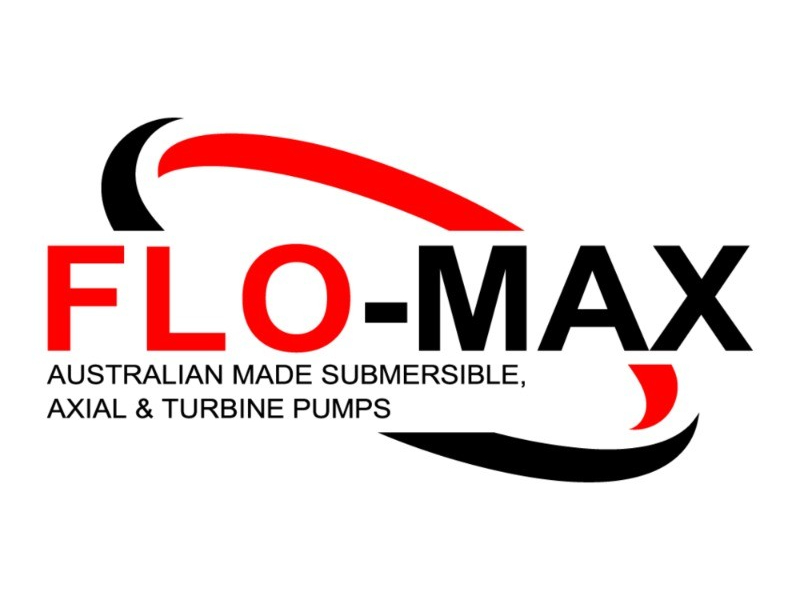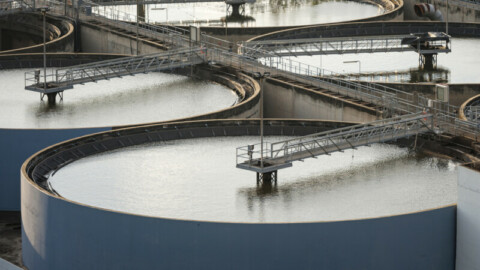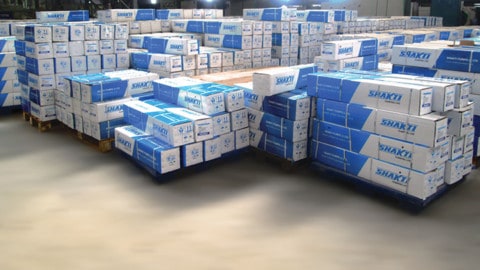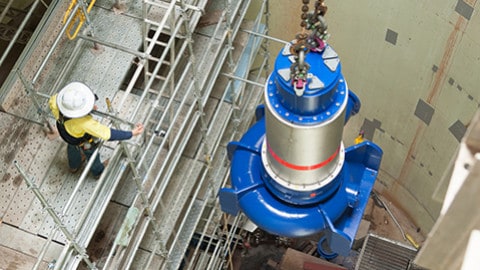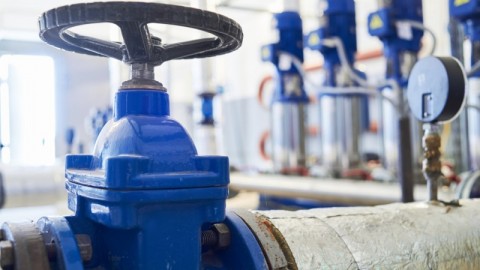SA Water’s $64 million upgrade at Bolivar, the state’s largest wastewater treatment facility, has begun, with the project set to support population growth and enhance environmental outcomes.
The plant’s current inlet structure – which is the first stage of the sewage treatment process – will be replaced to support higher projected flow rates as Adelaide’s population expands into the future.
Upgrading the capacity at Bolivar will also lead to significant environmental outcomes at the site through more efficient treatment processes, helping to drive down energy use and improve the quality of recycled water.
SA Water’s Senior Manager of Production and Treatment, Lisa Hannant, said the upgrade – which has been ten years in the making – will deliver a safer and more sustainable plant to support the state’s long-term growth.
“A reliable sewerage system is central to protecting public health and we’re proud to invest in essential infrastructure that ensures our communities continue to thrive,” Ms Hannant said.
“This is set to be the largest upgrade at our Bolivar facility in recent history, and will augment the plant with the additional capacity required to support the community for generations to come.
“Importantly, our treatment plants have evolved into sustainable sources of energy and climate-independent water. By upgrading the plant, we’ll be helping it operate more efficiently – optimising treatment processes to use less energy while improving the quality of recycled water that’s made available for further use.
“Currently, the inlet structure is able to process and treat 300 million litres of sewage per day from homes and businesses across Adelaide – representing around 70 per cent of the city’s total.
“We’ve been working to understand the condition and performance of the original inlet structure – built in the 1960s – and what we anticipate future daily flow volumes to be as the population grows, which is expected to be up to 550 million litres per day.
“The inlet structure is where raw sewage arrives by ten large pipes connected to our wider sewer network across Adelaide.
“Large pumps push sewage up into the inlet and equally distribute the flow, with a series of screens removing solid inorganic material such as rags, paper and plastic – which should never have been flushed – to prevent blockages or damage to the plant’s pipes and pumps downstream.
“As part of planning for the inlet works upgrade, we’ve identified a new design to enable a capacity increase, which will see a larger inlet built next to the existing structure with new screens and solids handling equipment.
“We’ll also construct three new pipes to accommodate the increased flow into the plant over time, linking the existing pipes to the upgraded inlet as the old inlet is decommissioned.
“We’re kicking off the project with our crews relocating services and completing temporary works to ensure optimal flows into the plant until the new inlet is operational, which we expect to be completed in late 2025.”
More than 30 per cent of South Australia’s sewage is recycled every year for a range of uses including irrigating horticulture, regional vineyards and city parklands, with SA Water’s Bolivar wastewater treatment plant recycling around 20 billion litres in 2022.
Ms Hannant said improved safety for plant operators was another key outcome of the upgrade.
“At times, we can experience higher flows through the plant which can lead to the accumulation of solid items and grit within the screens.
“Our upgrades will help limit any safety risks to our people associated with cleaning, repairing and maintaining the inlet screens, by reducing the amount of manual handling.”





